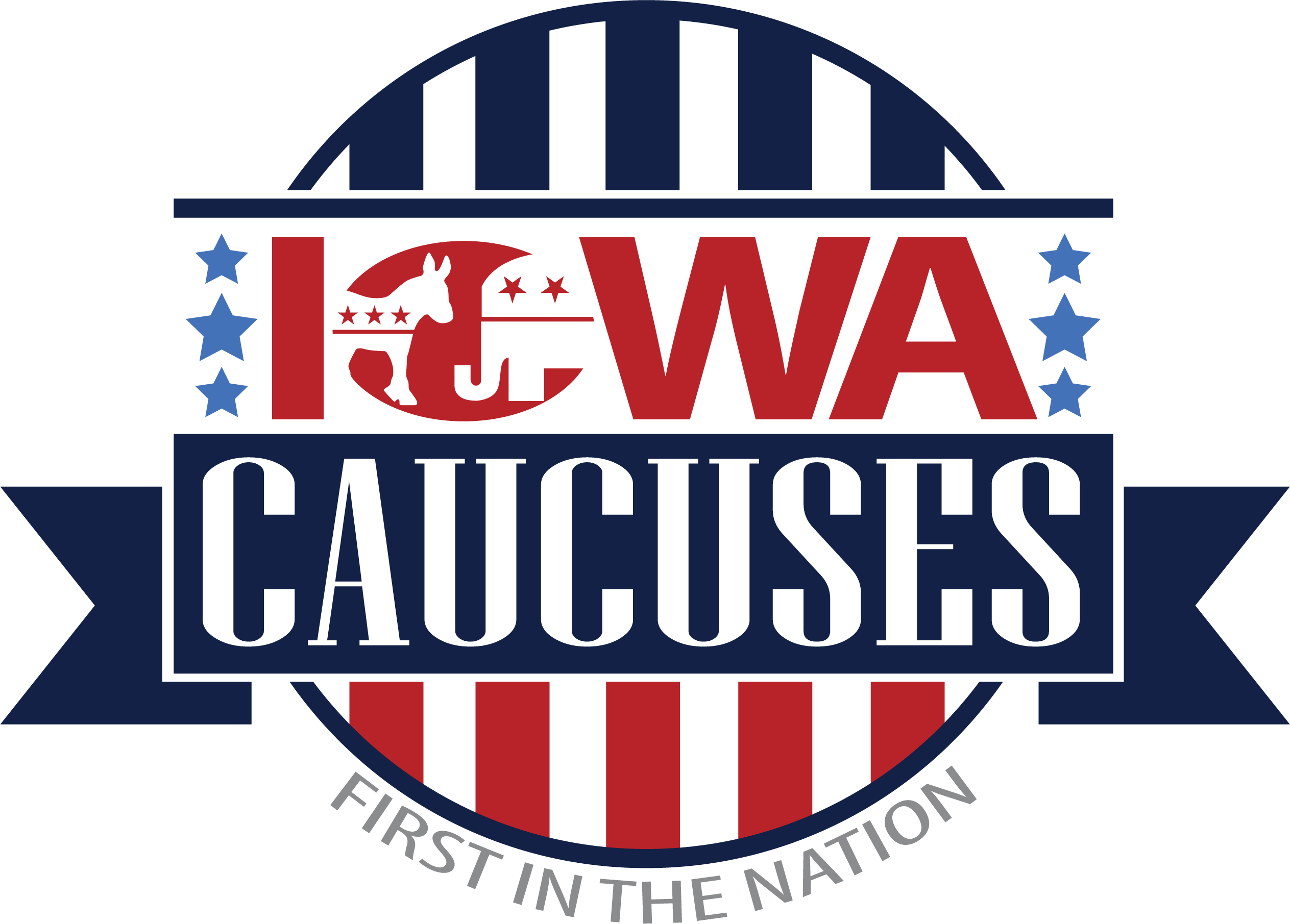
After over two years since candidates first started announcing their presidential bid, we are finally almost ready to begin casting votes. And of course, the first state that gets the ball rolling is Iowa. The Hawkeye State actually has a provision in its constitution that demands that Iowa be the first state across the country to vote in presidential primaries. And with such a neck and neck race going into February 3rd, all eyes are on Iowa to see which candidate can clinch a victory and come out on top. So with only a handful of days left until Iowans make their voices echo across the country, let’s go over just how these caucuses work.
What’s a caucus?

When most people think of an election, they picture voters heading into a private booth, pulling a lever or casting a ballot, and then leaving to pick up their “I voted!” sticker. While this holds true for the majority of states that have primaries, caucus states are an entirely different animal. Firstly, caucus locations are spread across 1681 precincts in Iowa, ranging from school gymnasiums to movie theaters to even barns, based on the precinct’s size. Rather than cast private votes, caucus-goers publicly group themselves at their voting locations based on which candidate that they support. This means that the process typically takes much longer than normal primaries, and voters have to display their decision in front of friends, family, and neighbors. But even with Iowans voting with their feet, the process gets even more complicated.
15% Threshold

After caucus-goers choose a candidate, votes are tallied up by election officials. All candidates that received at least 15% of the vote are safe. However, candidates that fail to meet this threshold are considered “nonviable”, and their supporters are forced to make a difficult choice. These voters for nonviable candidates can either realign with a second-choice candidate, try and gather more supporters from other campaigns to become viable, or just go home. Once realignment finishes, the precinct officially counts the final total and awaits the statewide results to apportion delegates to the Democratic National Convention. Because voters’ second choices are so crucial to this fluid process, campaigns with robust ground games and passionate supporters have an edge, thus leading to many upset victories and unpredictable results on caucus night.